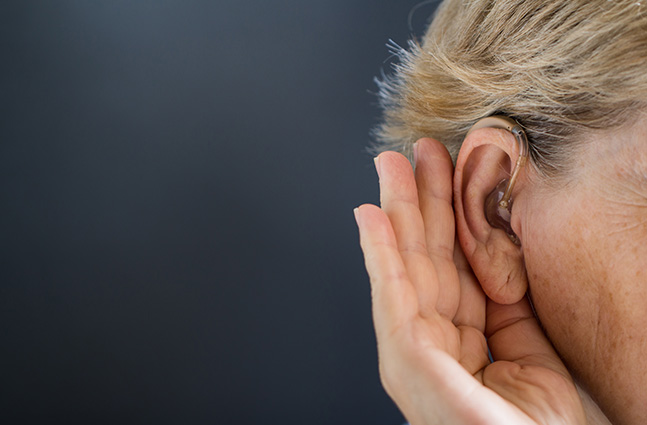Sounds That Can Result in Hearing Loss

We live in a world full of delightful (and sometimes not so delightful) sounds! We often take our hearing for granted until we begin stumbling during conversations, feeling lost, confused and left out. Hearing loss can be a sneaky in its onset and it can take years before a person finally realizes that they have hearing loss. Certain noises in our daily life tend to hurt our hearing more than others, which is why it is important to become aware of those sounds.
Noise-induced hearing loss (NIHL) is usually the type of hearing loss that occurs when you expose yourself to unsafe levels of sound over prolonged periods of time. This type of hearing loss usually occurs due to damaged hair follicles within the inner ear that results from exposure to loud noises. A healthy ear can hear sounds that range anywhere between 20-20,000 Hz. Hearing loss can disrupt hearing frequencies in the lower or the upper range, depending on the type of hearing loss you have.
When it comes to dangers to hearing, any sound levels above 85dB are considered unsafe for your ears. To illustrate what this sound level would be like in the real world, think about a crowded street in a traffic jam. We generally converse at levels of around 60dB, while a rock concert generally clocks in at around a whopping 120dB. The higher the frequency, the shorter the amount of time required to damage your hearing.
To provide you with real life examples of unsafe sounds, think about the electronic equipments such as hair dryers and vehicles such as motorcycles. Even a crowded bar or cars honking during a traffic jam can be detrimental. Personal audio devices are also in this list of dangerous sound levels, depending on the volume you listen to them at. All of these noise levels range between 85-100dB. Exposure to any of these sounds can cause damage to your ears in about 6 to 8 hours, which also depends on how close you are to the source of the sound.
Environmental sounds that can damage your hearing are noisy pubs, sporting events, and musical concerts. The sounds of thunder clapping or firecrackers can also be harmful. Emergency sounds such as alarms and sirens are equally damaging to the ears. Even an innocent sound of a balloon popping can damage your hearing if it happens anywhere near your ears. These types of sounds range between 110 to a whopping 180dB. This is why it only takes anywhere between a minute to half an hour before you experience lasting hearing damage.
The only sure shot way of knowing whether a sound is too loud is if you find yourself yelling in order to be heard. Make sure you bring hearing protection in the form of ear plugs or ear muffs before you expose yourself to loud noises. Listen to personal audio devices at only 60% of the maximum volume, and for no more than an hour at a time. If you feel uncomfortable around any sound, try to get out of the uncomfortable setting as soon as possible to prevent any lasting damage. Hearing loss is forever, so it is up to you to protect your hearing while you still can.
